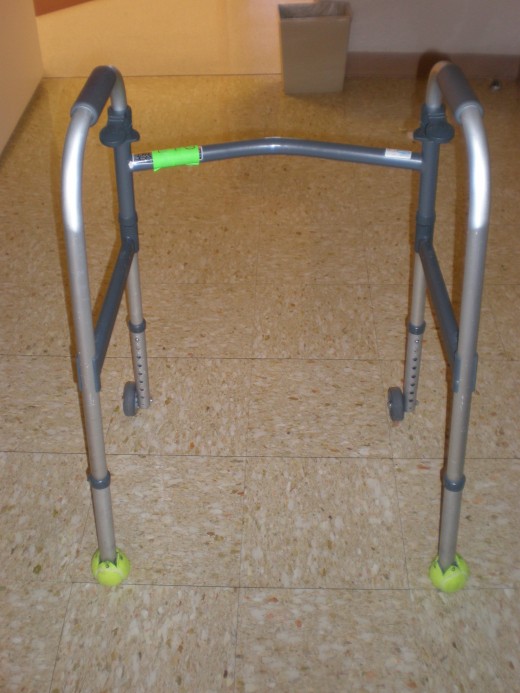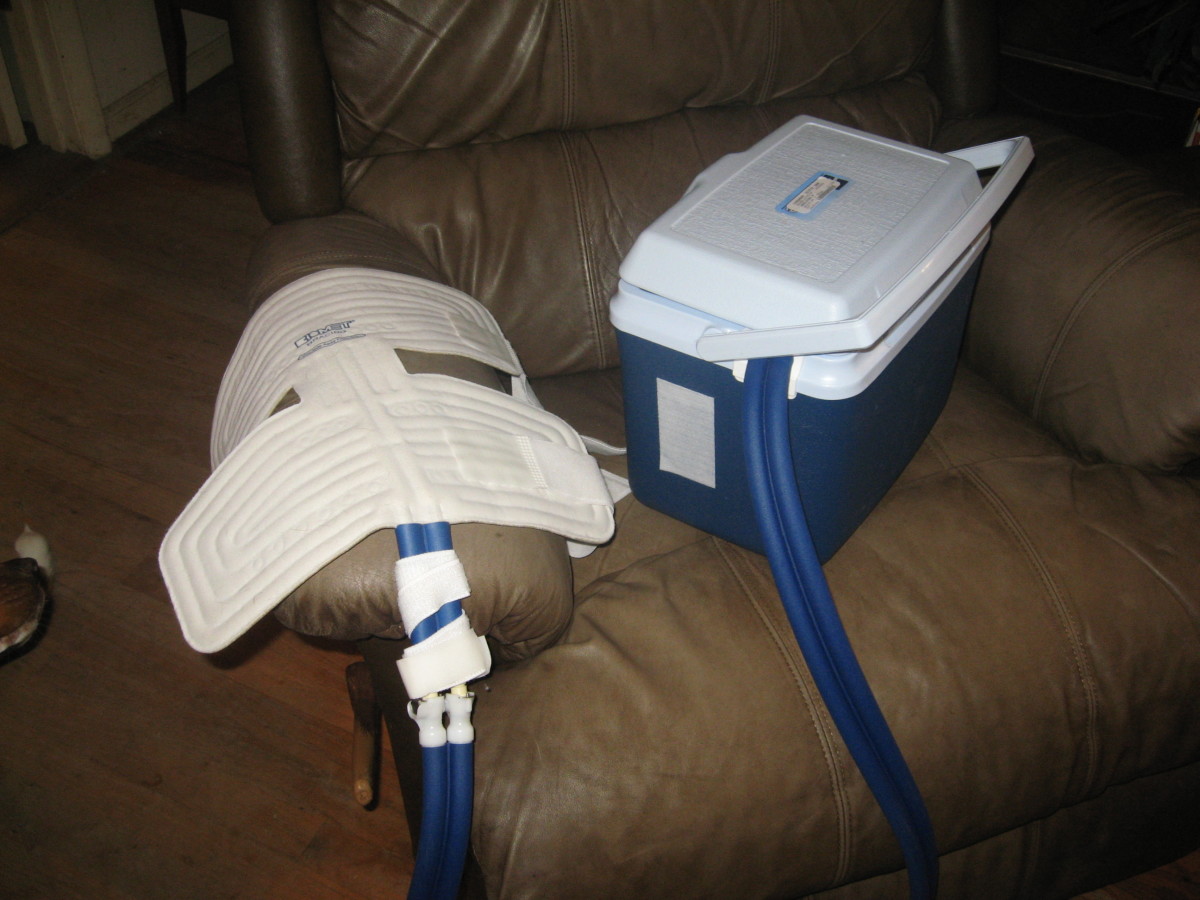What is Hip Revision Surgery?
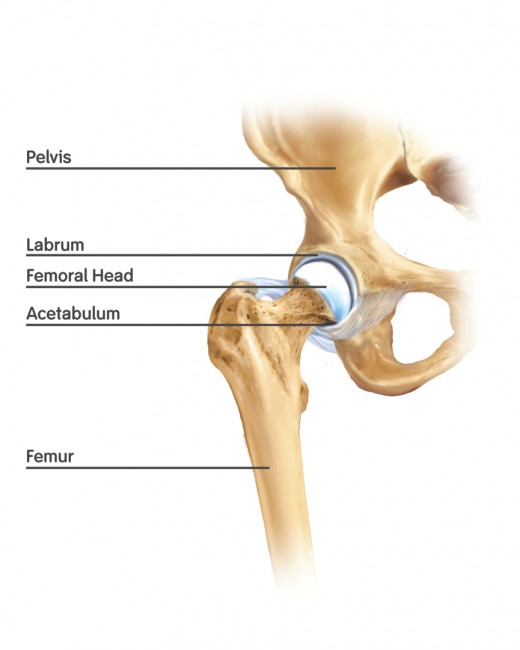
Definition
Hip revision surgery specifically refers to an operation to fix a hip that has already been replaced. In other words, an artificial hip is in place already, but is dysfunctional and needs to be repaired or replaced.
The hip joint is a ball-and-socket joint. It is made up of the acetabulum, a cuplike structure on the low outside portion of the pelvis, and the femoral head, the ball-like structure on the top of the thigh bone.
Signs that hip revision may be needed
Artificial hip in place (usually for about 10 years)
- Increasing pain in hip and/or thigh, when weight-bearing
- Decreased mobility of the hip
- Pain or instability when weight-bearing
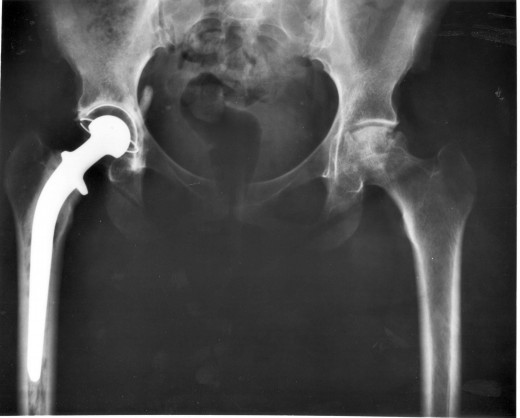
Who Need Hip Revision Surgery?
As stated, hip revision surgery is performed on people who have already had a hip replacement. Usually, the revision is needed due to normal wear and tear on the artificial joint. Other reasons for hip revision surgery include a break of the artificial components, infection surrounding the joint, or other problems that cause the joint not to fit or function properly.
The hip joint has a ball and socket configuration. Normal movement of the hip requires the components to rub against each other. Artificial joints wear out over time due to 'wear and tear' on the joint. The special plastic wears away a little at a time. The microscopic bits of plastic are irritants to nearby tissue. Inflammation makes the dysfunction and pain around the joint worse.
Xrays and CT scans can show changes in the joint and surrounding tissue to confirm the damage.
Most people who get a hip replacement do so because their own hip joint had been damaged, usually by arthritis. Artificial joints last up to 20 years, but usually start to wear out after 10 years to 15 years. Very active or athletic patients may wear out the artificial joint more quickly. At this point, hip revision surgery becomes necessary.
How to Find a Hip Revision Surgeon
Orthopedic surgeons are specially trained to perform joint replacement surgery. They are also qualified to do hip revision surgery. In some large hospitals and academic centers, there are orthopedic surgeons who specialize in hip surgery or even further sub-specialize in hip revision surgery.
If you still know or visit the surgeon who placed the prosthetic hip, ask him or her for recommendations for your revision. Perhaps they are skilled at this type of surgery. If not, they are an excellent source for a referral to another surgeon.
If you or the surgeon have moved, start by finding an orthopedic practice near you. Check the doctors' credentials to make sure they are board certified physicians. When you call the practice, explain that you already have an artificial hip and the nature of the problem you are having. Ask if there is a partner in the practice that specializes in treating patients who may need a revision, just in case that ends up being your situation.
As always, referrals from people who have had the same problem or surgery you have will be a good source of information. Be careful to put too much weight in anecdotal stories you may hear on the internet or from second-hand sources that are not verifiable.
When you think you have found your surgeon, make sure you feel comfortable and able to have your questions answered. Get a second opinion if you aren't sure.
Risks of Hip Revision Surgery
Risks are similar to hip replacement surgery.
- Blood clots (similar to hip replacement)
- Infections (similar to hip replacement)
- Need for blood transfusion (greater with revision surgery)
- Complications due to pre-existing medical problems (higher with revision due to older age, higher risk status of patients having revision surgery)
- Leg length discrepancy (higher with revision surgery)
- Dislocation of hip (higher with revision surgery)
What is Done during Hip Revision Surgery
During hip revision surgery, the old, worn and malfunctioning parts are removed and a new artificial hip is placed.
- The incision may or may not follow the original one made during the initial hip replacement.
- The old artificial hip parts are removed. Because there can be difficulty in working on a joint that already has artificial parts, the surgery can be more complicated than the original surgery.
- The artificial lining of the acetabulum is removed first. The acetabular cup is then cleaned and smoothed.
- The parts on the femur (thighbone) are removed next. This can be quite challenging as the femoral component of the artificial hip has a stem that sticks down into the shaft of the femur. It is held in place by a special cement. Cuts through the top of the bone may be necessary to get these parts out. After removal, the shaft is washed out with sterile fluid and the new parts are placed and cemented.
- A bone graft may be used to help seat the new prosthesis (artificial part).
Hip revision surgery can be expected to take longer than the initial hip replacement. Also, patients tend to be in older age ranges with more and more complicated medical problems. Because the hip has already been operated on, the tissue may be more prone to problems after surgery, so the recovery can also take longer and be more difficult.

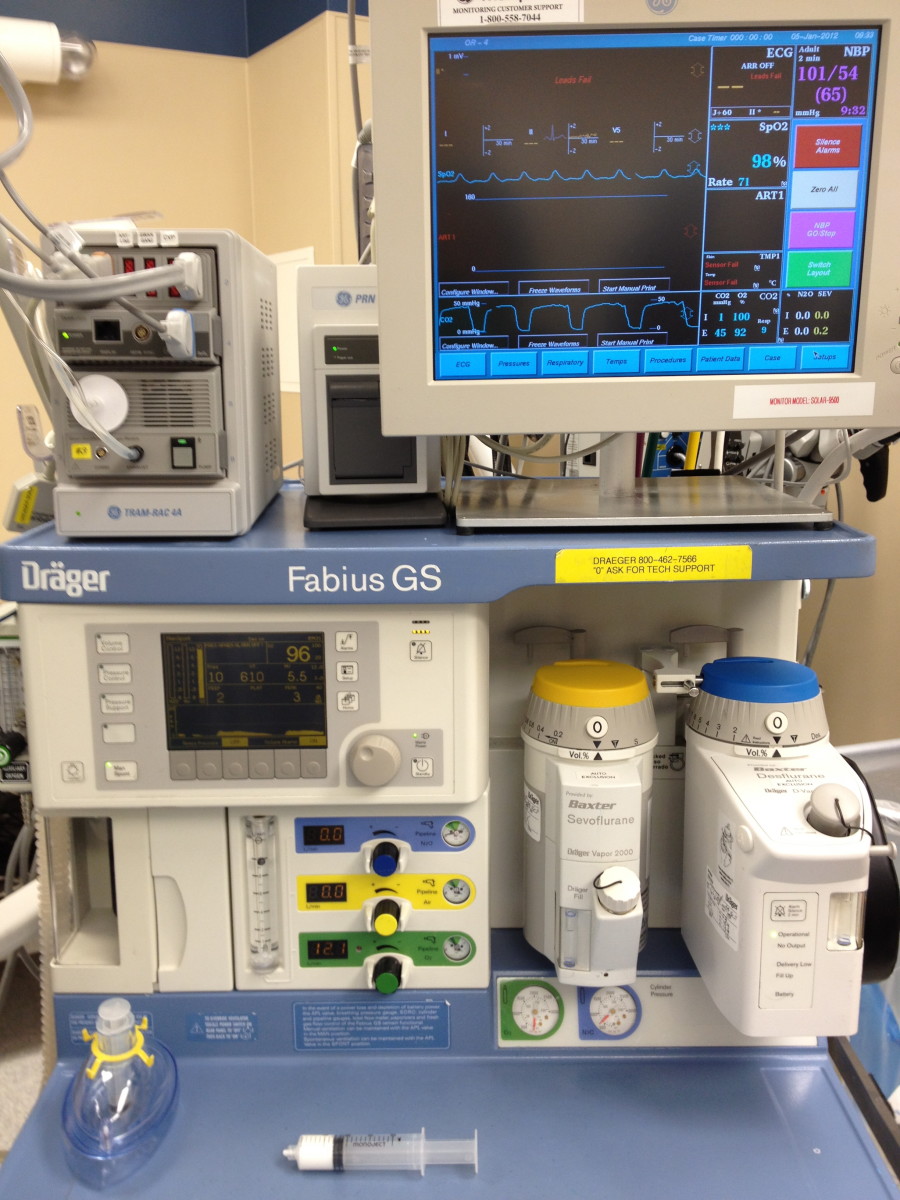
Anesthesia for Hip Revision
Both regional anesthesia and general anesthesia are appropriate for hip revision surgery. Spinals and epidurals may have some benefits such as lower blood loss or risk of blood clots. It is also possible to place narcotic pain medicine in the back with the numbing medicine for the spinal or epidural which can help with pain for the first day or so after surgery. However, regional anesthesia (spinals and epidurals) may be limited by the expected length of the surgery. Spinals involve one injection into the spinal fluid to numb the lower half of the body. The numbing medicine may last a few hours, but a complicated hip surgery may take longer than the spinal can last. Epidural anesthesia can be 're-dosed' periodically if a catheter is left in the epidural space. However, because you are at least semi-conscious during spinal and epidural anesthesia, you may not be comfortable laying on your side on the operating bed for several hours. Sedation helps, but some people still get restless laying there under the drapes after two or more hours and start to move the upper half of their body around. This is both uncomfortable for you and disruptive to the surgeon.
General anesthesia induces unconsciousness from the beginning. There are risks to general anesthesia, as well, so be sure to discuss your choices with your surgeon and anesthesiologist. Some doctors and surgery centers or hospitals have a 'usual practice' which often ends up being the best choice. Your anesthesia continues to affect your care even in the postoperative period, so if you are open to the usual practice, you are getting what the surgeon, anesthesiologist and nurses are used to. In any case, it is usually worth asking what they are most comfortable with to see if you are ok with that option. If not, discuss your concerns and ask if you could opt for a different technique.
Recovery after Hip Revision
After hip revision surgery, the recover is similar to, but more difficult than, the original hip replacement surgery.
Because the length of the surgery and anesthetic are longer, you may spend a longer time in the recovery room. Likewise, your hospital stay may be longer by a day or two or more. The immediate rehab may require the use of a walker since the bones and muscles will be weaker this time around. It will take longer overall to recover to the point of being independently functional.
Generally, a revision will not allow as great a range of motion or as much recovery of function. Some discomfort may remain, but the majority of the pain from the malfunctioning hip should be relieved. Your leg may be shorter on that side, requiring adjustment in walking pattern and may take some time to get used to.
